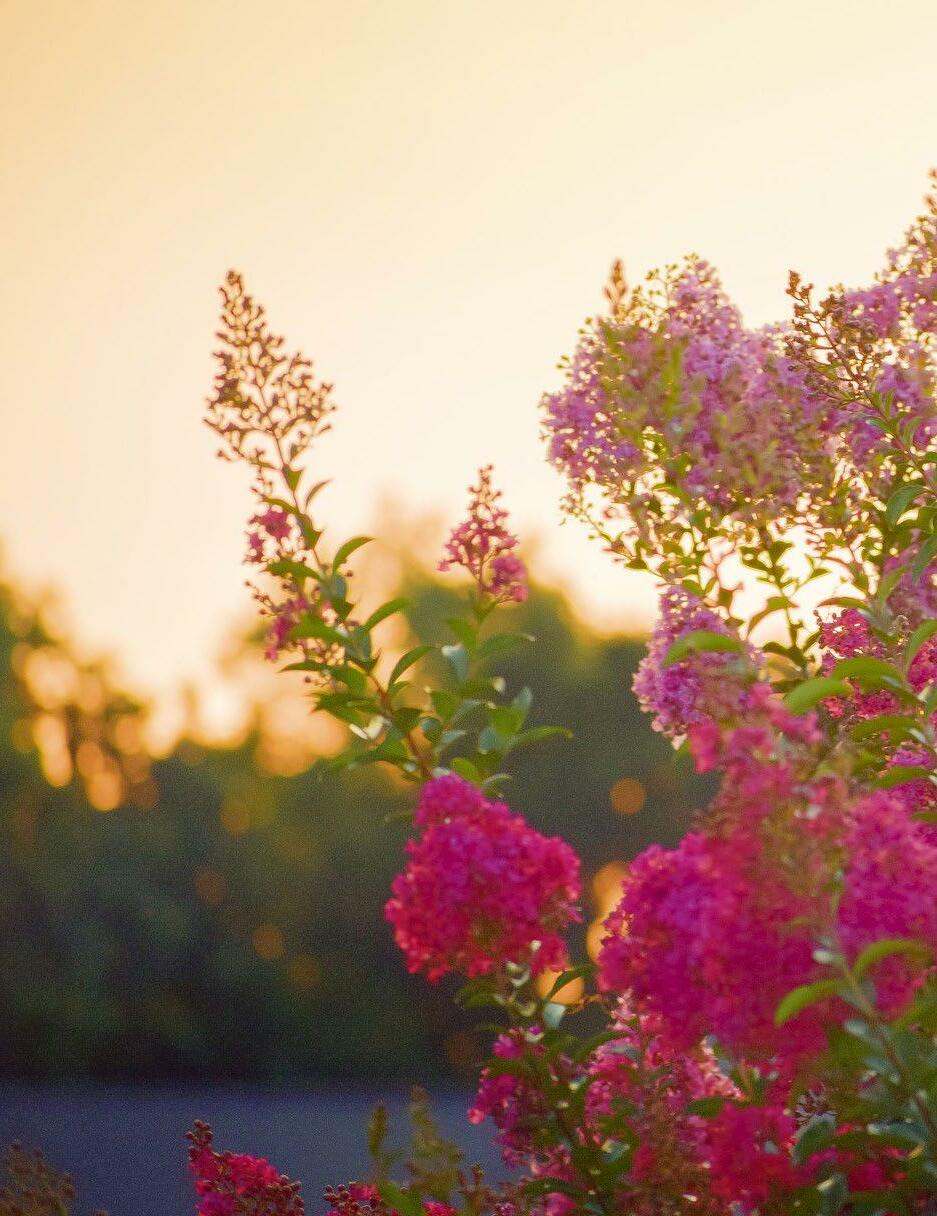
10 minute read
It’s Gardening Time Again: Know Before You Grow
It’s Gardening Time Again
KNOW BEFORE YOU GROW
Story by Walinda West
Listen up, garden weekend warriors. We know you’re ready to start digging up stuff to make a garden like the one you saw on television or in your favorite magazine. But before you go plopping down your hard-earned money to make your gardening dreams come true, the University of Georgia Cooperative Extension Office in Chatham County has a little advice for you: know before you grow. What you think might look good in your garden, may not work in your garden.
“Putting the right plants in the right place will save you money, time and headaches later,” said Alana Edwards, agriculture and natural resources educator for the Chatham County extension office. “When making any selections for your landscape, it is important to consider the soil moisture and the sun exposure in each area of your yard.”
Edwards recommends using plants native to coastal Georgia for the best gardening results because native plants have history and are welladapted to the area’s heat, humidity and other environmental stressors. For example, salt tolerance is a plus for gardeners along the coast or tidal rivers, while inland gardeners may be more concerned with drought tolerance.
Native Coastal Plants
Edwards’ list of the top 25 plants native to the Lower Coastal Plain ecoregion based on ornamental value, commercial availability and performance in Chatham County’s landscapes include: • Pignut Hickory • Swamp Chestnut Oak • Eastern Red Cedar • Bald Cypress • Black Gum, Swamp Tupelo • Sweetbay Magnolia • American Fringe tree • Red Buckeye • Rusty Blackhaw • Yaupon Holly • Yellow Anise • American Beautyberry • Sweet Pepperbush • Dwarf Palmettto • Pink Muhly Grass • Wrinkleleaf Goldenrod • Eastern Bluestar • Red Swamp Hibuscus • Swamp Milkweed • Georgia Savory • White False Indigo • Coral Honeysuckle • Purple Passionflower • Partridgeberry • Southern Shield Fern
Local Planting is Not a One-Size-Fits-All Endeavor
Not all areas are created equally, and the success of plant growth in one city may yield different results in even one county or city over. For best results, garden experts recommend
homeowners talk to someone at a local garden center before beginning any gardening project to let them know your individual planting conditions.
Heather Harrison of Pooler Plant Pickup Station and Olde Savannah Gardens said the two garden centers she owns with her husband, Ross, regularly see customers who want an instant, beautiful garden made up of plants that may or may not work for their home.
“Almost everyone who comes into our stores say the same thing. ‘I want a beautiful garden,’” Harrison said. “We have customers who come in after reading a magazine and want a specific kind of plant or garden, but our soil here has very little nutrients, and you have to learn how to plant here.”
Harrison likened Pooler and the surrounding area’s soil to gumbo.
“Even though we are technically coastal, plant selection may be different than what is grown on Wilmington or Tybee islands or Isle of Hope, for example,” she said. “The first question we ask customers is what part of town they live in? Our recommendation could will be different if they live in Savannah versus Pooler, Rincon or Guyton.”
Harrison said her role in the process is to help customers set realistic goals. Most gardens fail, she said, because of the selection of the wrong plants for the climate, planting in the wrong
location, improper spacing or unrealistic expectations once a garden is planted which, she said, is compounded by the area’s less-than-ideal soil conditions.
Harrison recommends the following plants that thrive in our climate: • Most Loropetalum varieties (with the exception of purple pixie) • Ligustrum (wax leaf, Jack Frost,
Sunshine, Howardii, Recurve) • Agapanthus • Most Liriope’s and Aztec Grass • Daylilies • Perennial Salvia • Butterfly Bushes (Buddelia) • Traditional Azalea varieties except the encore varieties • Hydrangeas • Camellias, both Japonica and
Sasanquas • Most Viburnums • Podocarpus (Maki and the Dwarf
Pringles varieties) • Most Holly (with the exception of
Savannah Holly, ironically) • Crape Myrtles • Vitex or Chaste • Cold hardy Palms such as Sabal,
Pindo, Mule. • Most Miscanthis Grasses and Pink
Muhly grass • Elms, Red Maples and Live Oak • Perennial Lantana • Blue Plumbago
Putting the right plants in the right place will save you money, time and headaches later... consider the soil moisture and the sun exposure in each area of your yard. “
FOR MORE INFORMATION ABOUT LOCAL PLANTING, VISIT: extension.uga.edu www.coastalwildscapes.org gacoast.uga.edu/outreach/resources-outreach/native-plant-search-engine site.extension.uga.edu/georgiagreen www.savannahbotanical.org
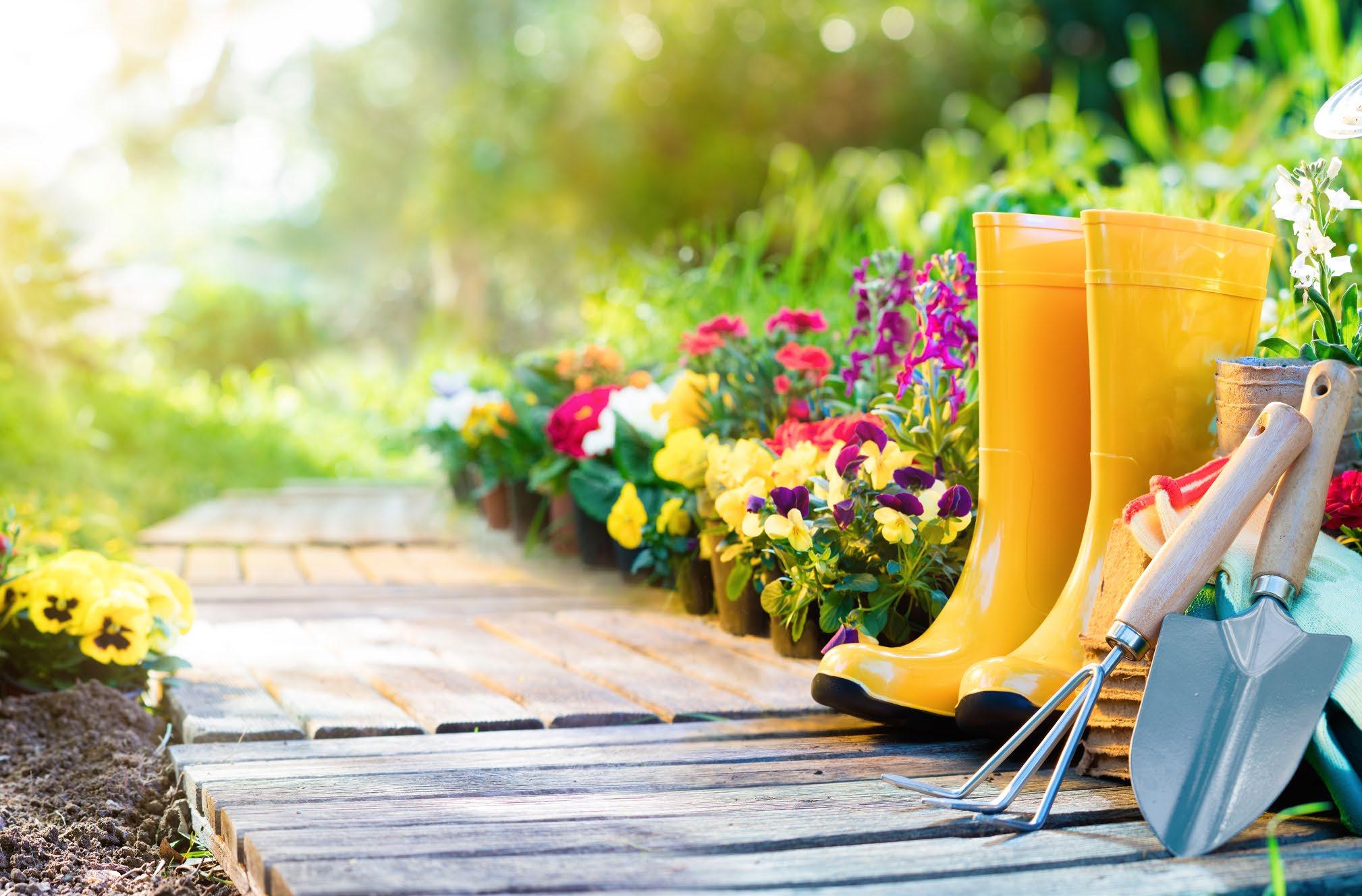
• Hawaiian Tie Plants • Split leaf Philodendron • Foxtail Fern • Jasmine (most varieties)
Keeping Up with the Joneses
Blake Carter, agriculture and natural resources agent for University of Georgia’s Cooperative Extension Office in Effingham County, chuckles when he thinks about the calls he gets from anxious gardeners wondering the right time to garden, why a plant is dying or what to plant in Effingham County’s sandy soil, which he jokes is “sand rejected by Jekyll Island.” Carter’s favorite question, he said, is when a resident calls and wonders why their garden doesn’t look like their neighbor’s and they have identical plants.
“My advice is to keep up with your own stuff and don’t worry about your neighbor down the street,” Carter quipped. “It’s hard to do, but you have to put blinders on and focus on what you have. Soil types can be different from house to house. My best advice is whether you are planting in a pot, in dirt or in a raised garden, just know your dirt.” n
In its blog, the Savannah Botanical Gardens lists the top 10 mistakes wouldbe gardeners make and what to avoid: 1 Putting Beds in Wrong Place: Whether you place your bed in an overly shady area or in one that does not have good drainage, putting your bed in the wrong place can hurt your plants. Try to choose an area that has good drainage and gets at least six hours of sunlight. This will give your garden the best possible chance of survival. 2 Not Preparing Soil: Plants grow best when soil has the right pH. Simple soil testing kits can be bought at any home center. A pH of around 6 to 6.5 should work for most vegetable gardens, for example. Also, amend the soil with organic materials like compost to ensure that it has the nutrients it requires. Adding your favorite mulching option is vital to protect the precious soil underneath.
Not Considering Weather and Climate: If you plant at the wrong
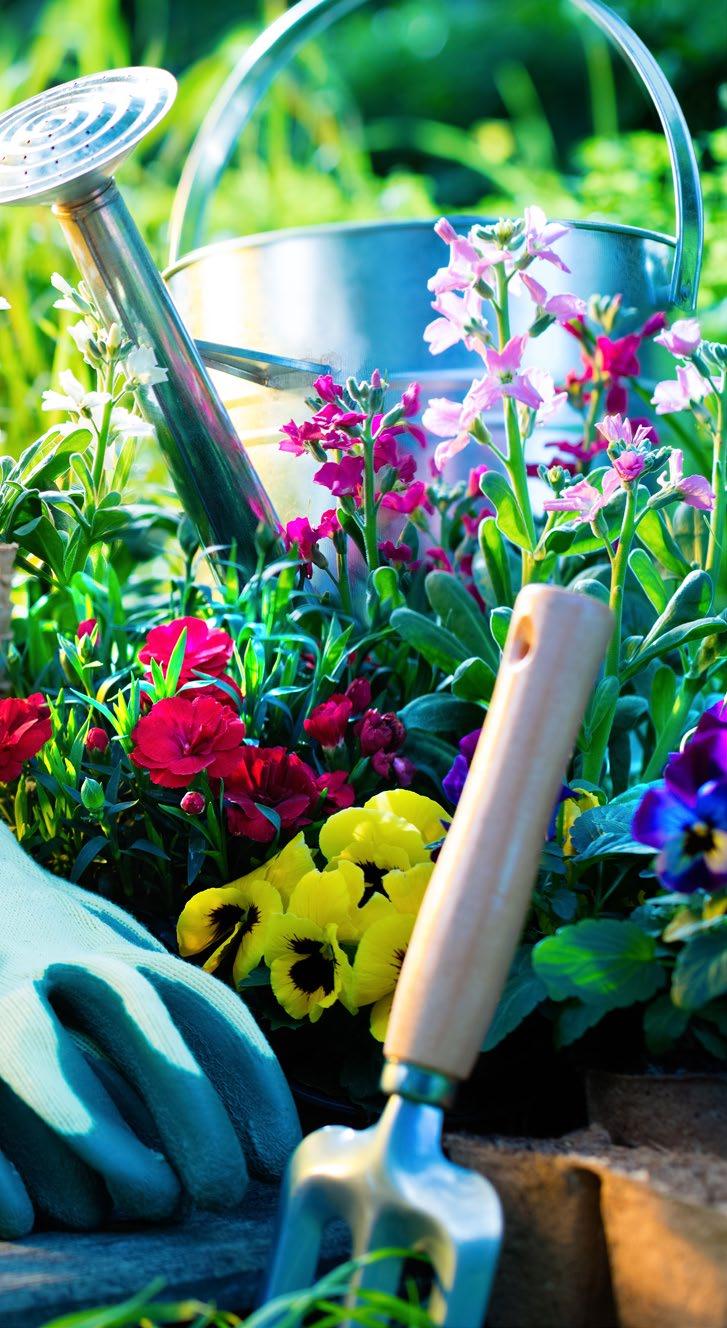
4
time or in the wrong area, your plants may not thrive. Different plants have different needs and will tolerate different things. You should not plant a plant with a long growing season too early or too late. Similarly, if your plants need a long growing season, they will likely not be happy in a place like Minnesota. Be sure to check guides online for what will grow best in your area.
Over- or Under-watering: It may seem simple enough that your plants need water. Not giving them enough water will cause them to wilt and die. Too much water can result in mold or rot. Water at regular intervals and look for signs of a problem. If leaves yellow or dry out, the plant is not getting enough water. If leaves become brown and stems are “mushy,” your plant may be getting too much water.
Neglecting Pruning: Certain flowering and fruiting trees or shrubs need to be pruned each year to ensure they are at their best. Left to grow wild, too many branches will grow and sap the plant of the energy it could be putting into nourishing the select flowering or fruiting branches. Judicious pruning with proper technique will keep your yield strong
Not Labeling Plants: If you start seedlings and do not label them adequately, it can be easy to get them confused. You may be able to tell a tomato plant from a kale plant, but can you tell one type of tomato from the other? Make sure you keep your plants clearly labeled and then keep rows marked once planted in the garden.
Planting Invasive Plants: Mint is a wonderful herb. It smells nice and it’s easy to grow. Unfortunately, left unchecked, it will take over. Do a little research before planting. If a plant is known to be invasive, do not plant it. Another option is to plant it in a pot to keep it under control.
Not Following Instructions: Seed packages come with instructions for a reason. Trust the experts – the company that produced the seeds – to know when to sow them and how to care for them. Chances are good if you read the directions and follow them, you will not be steered wrong.
Using Too Much Pesticide: Pesticides can keep unwanted insects out of your garden. Unfortunately, they can also scare away the useful insects that help your garden. Some insects, like bees, help to pollinate your garden. Instead of pesticides, investigate non-chemical ways to scare away pests, like planting marigolds or inviting other friendly insects. Ladybugs eat aphids who damage plants. Ducks and guinea birds also eat pests without destroying your garden.
Growing Too Much Food: This might seem like a problem everyone would love to have. If you harvest more vegetables than you can consume or can and give away, they will go to waste. Try starting off small and with vegetables that you know you like. You can always expand next year.
3 5 6 7 8 9 10
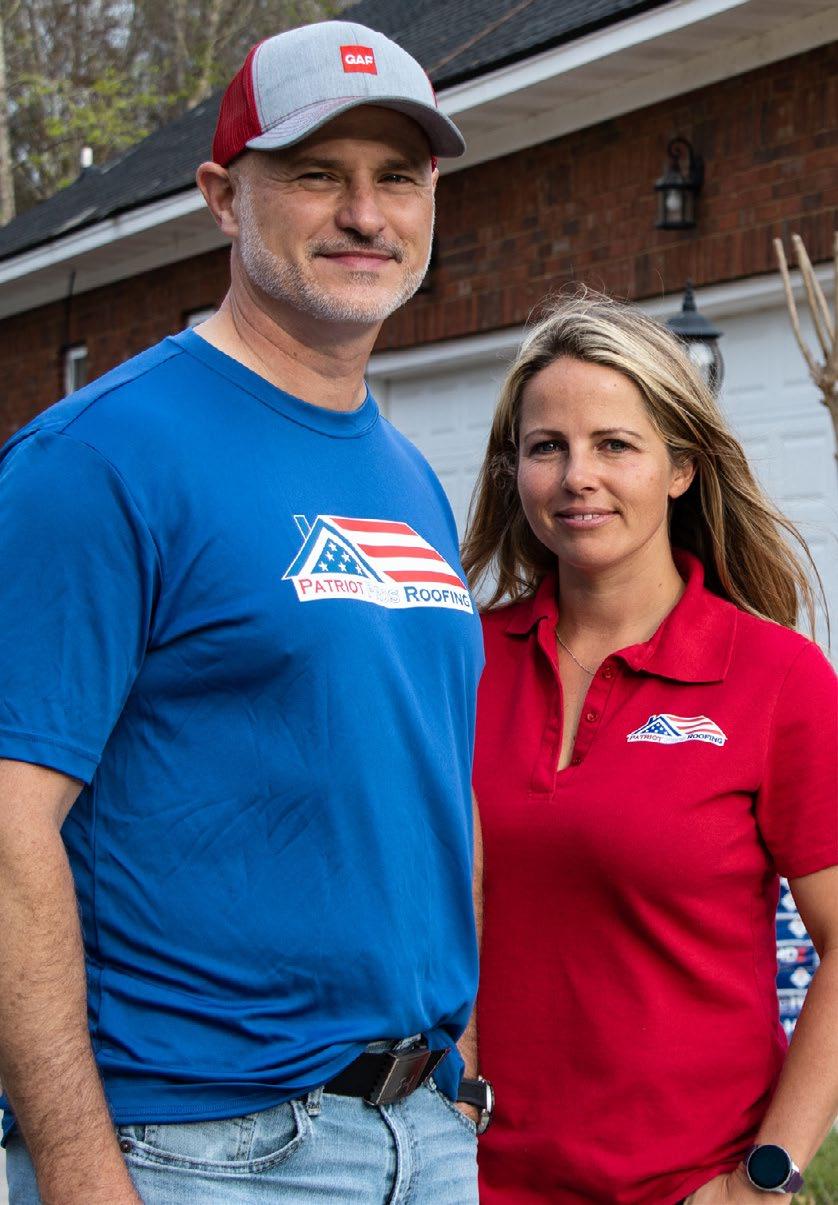

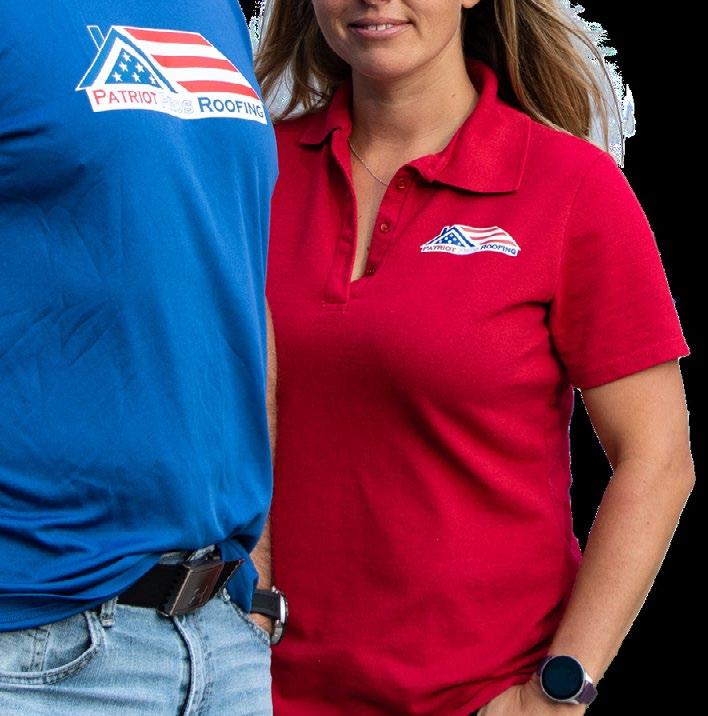
PATRIOT PROS ROOFING: Integrity is Our Quality
When Matthew and Jamie Pratt founded Patriot Pros Roofing there were two values they knew they would never compromise— Quality and Integrity. They love helping people make the right decision on a very important asset, their homes. They do so with a relentless attention to detail and focus on providing the very best customer service.
“We approach every customer with a servant’s heart; eager to assist with honesty and integrity throughout the entire process,” Jamie Pratt says.
In addition to expert roofing services, Patriot Pros offers siding, windows, doors, gutters and fencing services as well. This allows the team to continue their attention to detail and quality to their customers’ other home renovation needs and gives homeowners one source to call whenever they have a project that needs attention. Matt and Jamie Pratt are Rincon residents and love serving the
Effingham County community as well as the surrounding areas from Tybee
Island to Hilton Head. If you are looking for expert work and excellent service for roofing, siding windows, doors and more, give them a call.
patriotprosroofing.com 912-665-3338
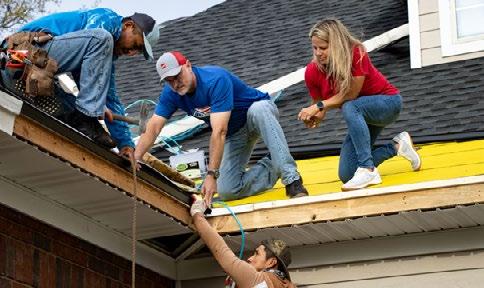
dle and saveBundle and save
With my expertise as an Allstate agent, I can help get you comprehensive coverage at a competitive rate. I can bundle your car and home insurance together so you can save while protecting the things that matter most. Call me or stop by today. With my expertise as an Allstate agent, I can help get you comprehensive coverage at a competitive rate. I can bundle your car and home insurance together so you can save while protecting the things that matter PENCE FAMILY AGENCYmost. Call me or stop by today.
912-961-9617PENCE FAMILY AGENCY
51 W FAIRMONT AVE STE 100912-961-9617 SAVANNAH, GA 3140651 W FAIRMONT AVE STE 100 SAVANNAH, GA 31406 allstate.com/davidpenceallstate.com/davidpence
Let’s get you the protection you deserve!
Many factors go into the cost of your auto insurance policy, including how you purchase the policy: Let’s get you the protection online, through a call center, or with an agent. Subject to terms, conditions & availability. Savings vary. Allstate Vehicle and Property Insurance Co., Allstate Property and Casualty Insurance Co. © 2019 Allstate Insurance Co. you deserve!
16138429
Many factors go into the cost of your auto insurance policy, including how you purchase the policy: online, through a call center, or with an agent. Subject to terms, conditions & availability. Savings vary. Allstate Vehicle and Property Insurance Co., Allstate Property and Casualty Insurance Co. © 2019 Allstate Insurance Co. 16138429










